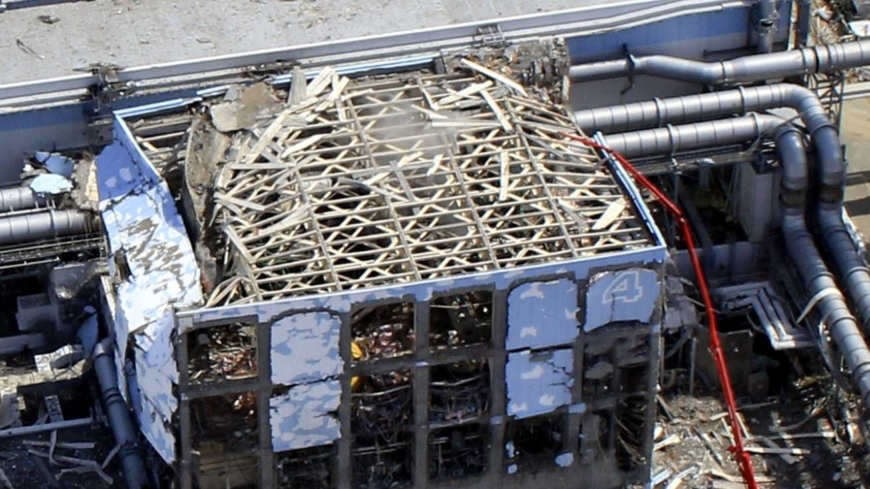[ad_1]
The decades-long challenge to scrap the Fukushima No. 1 nuclear plant, crippled by the massive earthquake and tsunami that struck northeastern Japan in 2011, is becoming more complex as new probes highlight just how damaged the reactors are.
Tokyo Electric Power Company Holdings Inc., operator of the six-reactor plant, aims to scrap it between 2041 and 2051. But critics have cast doubt on the schedule, citing not only the extremely high radiation levels, but also problems associated with delayed probes, as well as underdeveloped robotics and other technologies needed to extract close to 900 tons of melted fuel debris estimated to exist under the wrecked reactors.
Decommissioning of the plant, scene of the world’s worst nuclear disaster since Chernobyl in 1986, is crucial for Japan if it wants to stick to nuclear power and show the world that the crisis is under control.
“It is likely that the road map will not be completed as scheduled,†said Tetsuro Tsutsui, a member of the Citizens’ Commission on Nuclear Energy, a group comprising academics and nuclear experts.
He added the “melted debris is mixed with fractured parts of buildings and concrete material and is highly radioactive, making it hard for robots to clear the debris.â€
Scrapping the plant involves the daunting decision on how to dispose of the subsequent radioactive waste. No municipality in Japan has ever offered to become the final disposal site, even when the plant was operating.
Following the magnitude 9.0 earthquake and subsequent tsunami that hit the plant on March 11, 2011, reactor Nos. 1 to 3 suffered meltdowns, leading to massive hydrogen explosions in the buildings housing reactors 1, 3 and 4.
Due to the inherent instability of renewable energy, the government projects atomic power will remain one of Japan’s major power sources, accounting for 20 to 22 percent of all electricity generated in fiscal 2030. Given the emissions-free aspect of atomic power, Japan may even push for the further use of it as it aims to become carbon neutral in 2050.
Of the 33 reactors in Japan, excluding those set to be scrapped, just four are currently in operation, partly because they need to clear stricter safety regulations prompted by the Fukushima crisis.
Tsutsui, a former petrochemical engineer, points to how the risks of the debris extraction project have become clearer compared to when the road map for decommissioning the plant was first compiled in December 2011. With that in mind, he urged the government to act responsibly and review the road map.
“Nearly 10 years have passed following the Fukushima accident but with respect to the long decommissioning process, we are still hovering around the start line. We have a long journey ahead,†Fukushima Gov. Masao Uchibori said in a recent briefing.
“The most difficult step is the safe and stable retrieval of the debris but we don’t know what state it is in,†he said.
Despite the use of computer simulations and small internal probes using remote cameras, data on the exact location and other details of the melted fuel — information crucial for determining the retrieval methods and technology needed for the mission — remains scarce. Robot probes conducted at reactors 2 and 3 have captured images of large amounts of material that appear to be melted fuel, but similar attempts at reactor 1 have so far come up short.
Tepco has opted to start the fuel-removal process at the No. 2 reactor because that is where it has the best grasp of the internal conditions. No time frame has been set for fuel removal at the other two units.
In a setback, however, the utility said in late December that fuel removal at the No. 2 unit, which was slated to begin this year, would be delayed by at least a year because the coronavirus pandemic has stalled the development in Britain of a robotic arm to be used in the extraction process.
Download the PDF of this Bosai Special
[ad_2]
Source link





